1. Consider Users and Usage
Base your bathroom vanity choice on who’ll use it and their needs. For couples sharing a morning sink rush, a double sink bathroom vanity is ideal. If you’re solo, a single bathroom vanity in the master bath suffices. Makeup and hair enthusiasts need ample counter space and storage for toiletries.
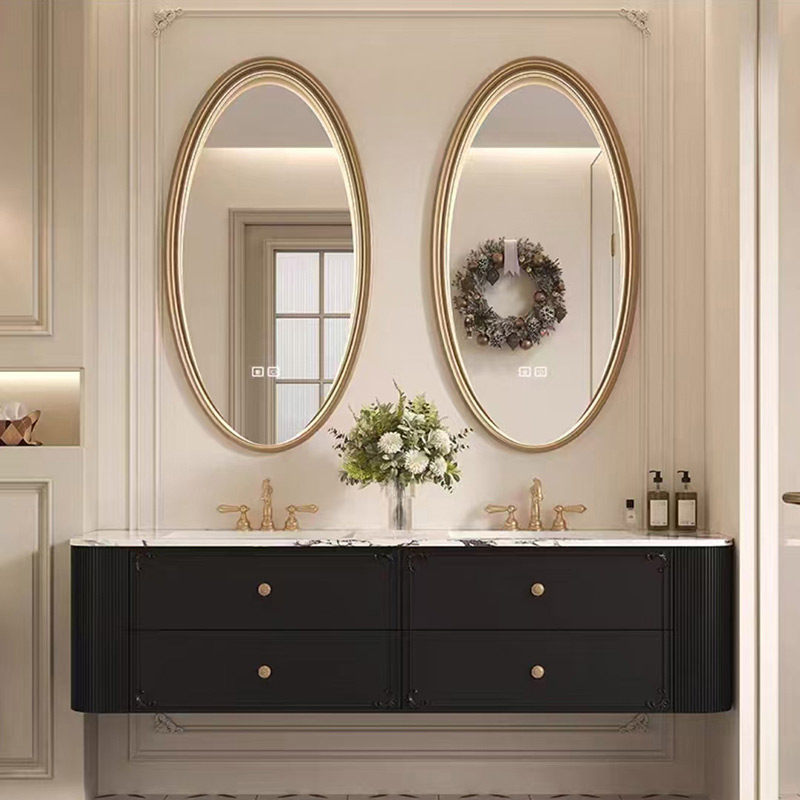
2. Factor in Plumbing Location
Plumbing largely dictates where your bathroom vanity can go, as relocating it is costly and time-consuming. Floor-standing bathroom vanities work with standard plumbing, while wall-mounted ones may require moving hookups, impacting style choice.

3. Account for Obstructions
Consider door swings, shower stalls, toilets, and foot traffic when deciding on location and size. Use a box as a bathroom vanity surrogate if visualizing the layout is tough. Bathroom vanity dimensions typically range: width (24–60 inches, custom options available), height (30–36 inches, user-dependent), and depth (17-24 inches).
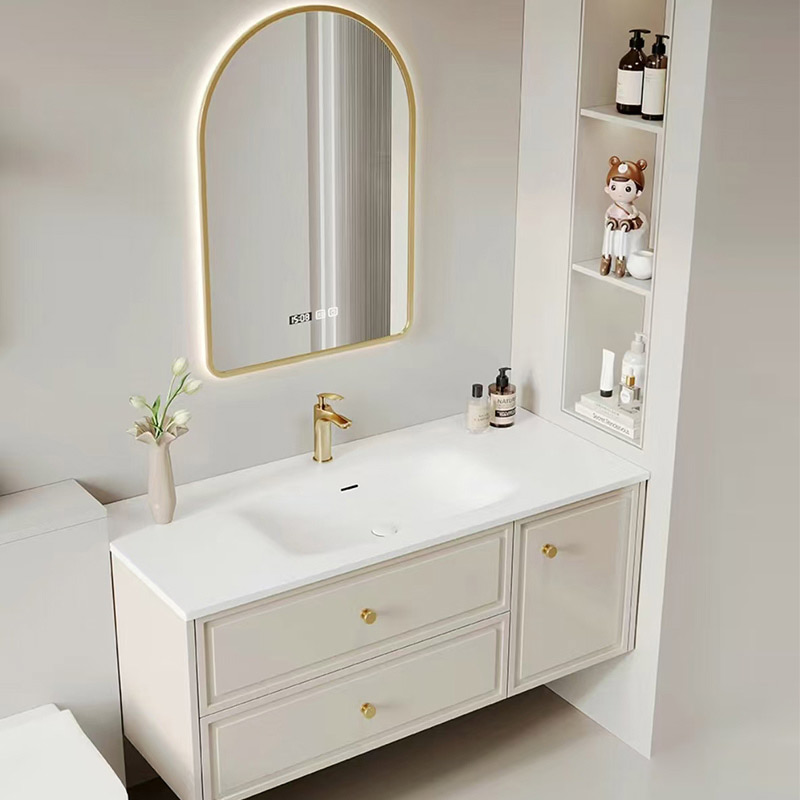
4. Select the Right Sink Style
The sink basin affects your bathroom vanity’s look and functionality. With various styles like above-counter, under-counter, and integrated sinks, choose based on countertop space needs and your desired layout.
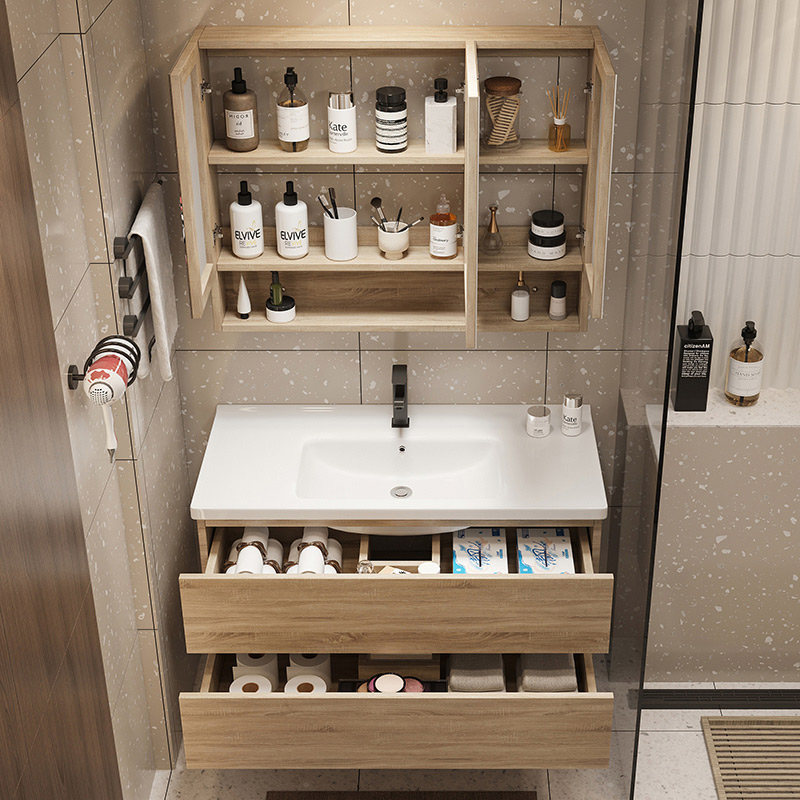
5. Pick Durable Materials
Bathroom vanities face water, makeup spills, and humidity. Opt for wood veneer, laminate, or hot-pressed foil for longevity and aesthetics. For countertops, natural stone or quartz offer both beauty and practicality.
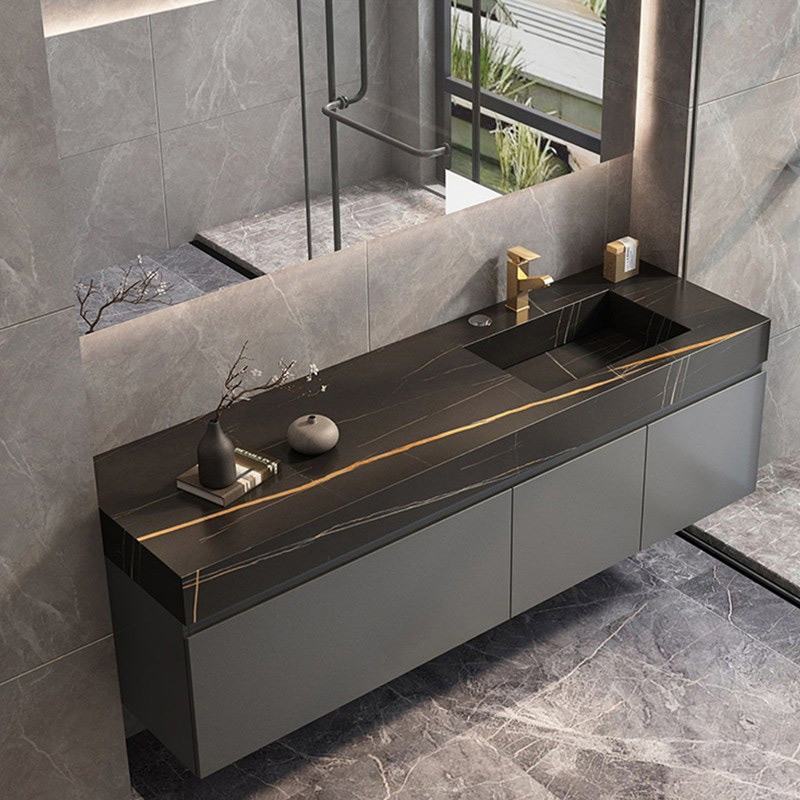
6. Custom vs. Prefabricated Bathroom Vanities
Custom bathroom vanities use high-quality materials and fit perfectly but demand more time and budget for selecting components. Prefabricated bathroom vanities are cheaper and arrive faster, though they may be less durable.
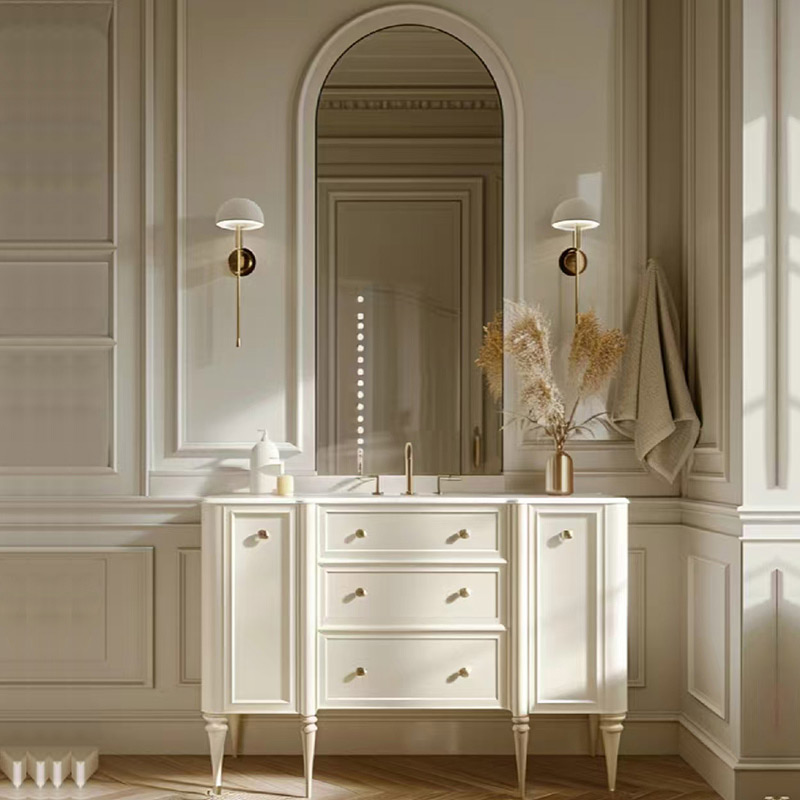
YALIG has more than 20 years of experience in bathroom vanities with professional designers, we welcome your enquiry.